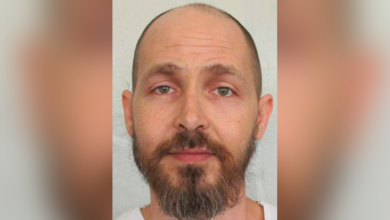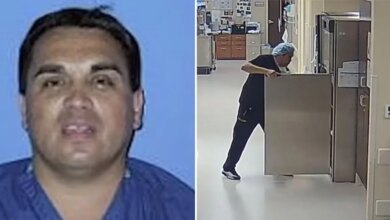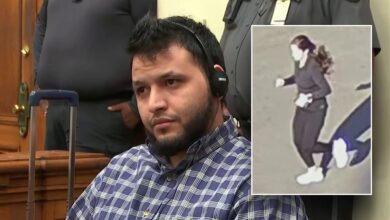Missouri woman Sandra Hemme who spent 43 years in prison freed after murder conviction overturned
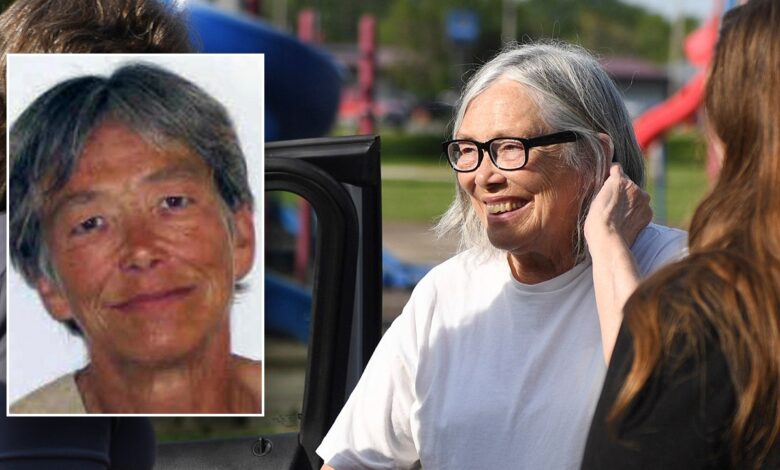
A Missouri woman who spent 43 years in prison after incriminating herself in a 1980 murder while she was a psychiatric patient has been freed from prison despite attempts in the last month by Missouri’s attorney general to keep her behind bars.
Sandra Hemme, 64, was the longest held wrongly incarcerated woman known in the U.S., according to her legal team at the Innocence Project, after she was found guilty of killing 31-year-old library worker Patricia Jeschke more than 40 years ago.
But a judge overturned the conviction last month, agreeing that her lawyers had established evidence of her innocence and that a former police officer was the likely killer.
JUDGE OVERTURNS MURDER CONVICTION OF MISSOURI WOMAN WHO SPENT MORE THAN 40 YEARS IN PRISON
Hemme left a prison in Chillicothe on Friday and was embraced by family and supporters at a nearby park. She hugged her sister, daughter and granddaughter.
“You were just a baby when your mom sent me a picture of you,” a smiling Hemme said to her granddaughter. “You looked just like your mamma when you were little and you still look like her.”
Her granddaughter laughed and said, “I get that a lot.”
Hemme declined to speak to reporters immediately after her release, which came despite Attorney General Andrew Bailey, a Republican, fighting her release in the courts. Bailey had argued that Hemme represents a safety risk to herself and others.
Hemme received a 10-year sentence in 1996 for attacking a prison worker with a razor blade, and a two-year sentence in 1984 for “offering to commit violence”, with Bailey arguing that Hemme should start serving those sentences now.
During a court hearing Friday, Judge Ryan Horsman threatened to hold the attorney general’s office in contempt and said that if Hemme wasn’t released within hours, Bailey himself would have to appear in court Tuesday morning.
The judge also scolded Bailey’s office for calling the warden and telling prison officials not to release Hemme after he ordered her to be freed on her own recognizance.
Hemme’s attorney, Sean O’Brien, criticized the delay of her release.

“It was too easy to convict an innocent person and way harder than it should have been to get her out, even to the point of court orders being ignored,” O’Brien said. “It shouldn’t be this hard to free an innocent person.”
When Hemme was initially questioned about Jeschke’s death, her lawyers say she was shackled in wrist restraints and so heavily sedated to the point that she “could not hold her head up straight” or “articulate anything beyond monosyllabic responses.”
The lawyers said in a petition seeking Hemme’s exoneration previously that authorities ignored her “wildly contradictory” statements and suppressed evidence implicating then-police officer Michael Holman, who attempted to use Jeschke’s card. Holman died in 2015.
CONDEMNED MISSOURI INMATE IS ‘ACCEPTING HIS FATE,’ HIS SPIRITUAL ADVISER SAYS
The judge wrote that “no evidence whatsoever outside of Ms. Hemme’s unreliable statements connects her to the crime.”
“In contrast, this Court finds that the evidence directly ties Holman to this crime and murder scene,” the judge wrote.
On Nov. 13, 1980, Jeschke missed work and her concerned mother climbed through a window in her apartment and discovered her nude body on the floor in a pool of blood. Jeschke’s hands were tied behind her back with a telephone cord, a pair of pantyhose was wrapped around her throat and a knife was under her head.
Hemme was not being investigated in connection with the killing until she showed up nearly two weeks later carrying a knife at the home of a nurse who once treated her and refused to leave.
Police located Hemme in a closet and transported her back to St. Joseph’s Hospital. She had been hospitalized several times starting when she began hearing voices at the age of 12.
Hemme had been discharged from that same hospital the day before Jeschke’s body was found, and arrived at her parents’ house later that night after hitchhiking more than 100 miles across the state. The timing seemed suspicious to law enforcement, and Hemme was subsequently questioned.
Hemme was being treated with antipsychotic drugs that had triggered involuntary muscle spasms when she was first questioned. She complained that her eyes were rolling back in her head, according to her lawyers’ petition.
Detectives said Hemme appeared “mentally confused” and not fully able to understand their questions.
“Each time the police extracted a statement from Ms. Hemme it changed dramatically from the last, often incorporating explanations of facts the police had just recently uncovered,” her attorneys wrote in the petition.
Hemme eventually purported that she witnessed a man named Joseph Wabski kill Jeschke.
Wabski, whom Hemme met when they both stayed in the state hospital’s detoxification unit, was initially charged with capital murder before prosecutors quickly learned he was at an alcohol treatment center in Topeka, Kansas, at the time and dropped the charges against him.
After learning Wabski was not the killer, Hemme cried and claimed she was the killer.
Police were also starting to look at Holman as a suspect. About a month after the killing, Holman was arrested for falsely reporting his pickup truck was stolen and collecting an insurance payout. The same truck was seen near the crime scene and Holman’s alibi, in which he claimed to have spent the night with a woman at a nearby motel, could not be confirmed.
Holman, who was ultimately fired and has since died, had also attempted to use Jeschke’s credit card at a camera store in Kansas City, Missouri, on the same day her body was discovered. Holman claimed he found the credit card in a purse that had been left in a ditch.
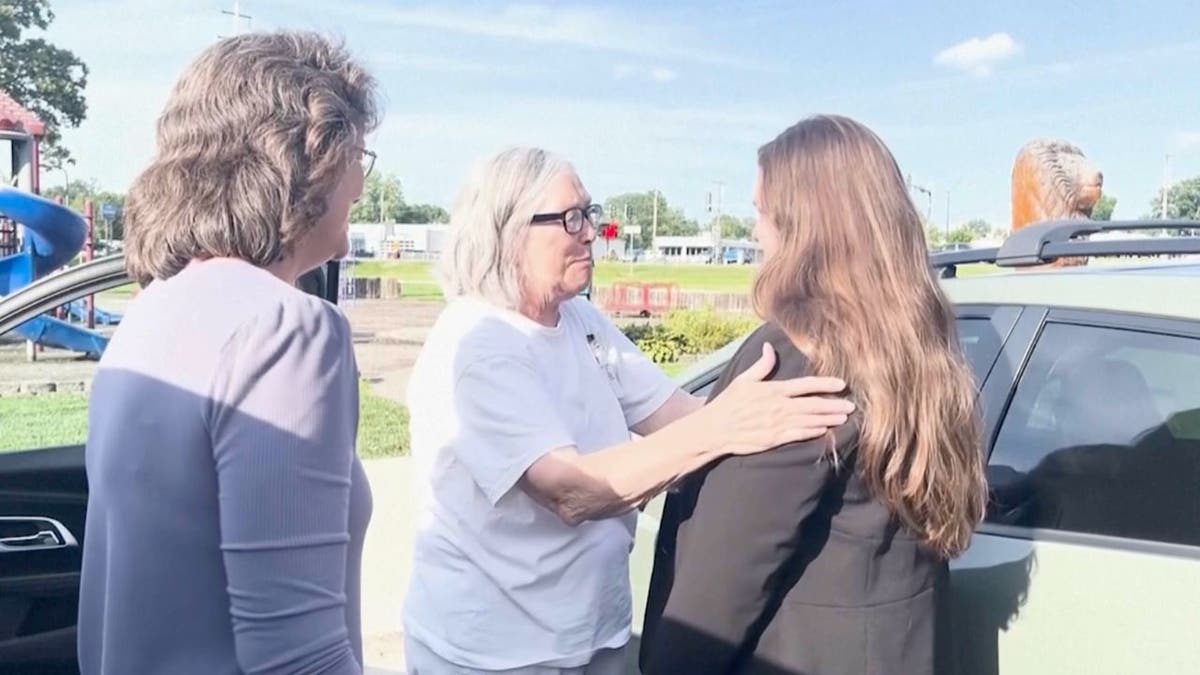
During a search of Holman’s home, police found a pair of gold horseshoe-shaped earrings in a closet, which Jeschke’s father said he recognized as a pair he bought for her. Police also found jewelry stolen from another woman during a burglary earlier that year.
The four-day investigation into Holman then ended abruptly, and Hemme’s attorneys said they were never provided many of the details uncovered.
Hemme wrote to her parents on Christmas Day in 1980, saying she might as well change her plea to guilty.
“Even though I’m innocent, they want to put someone away, so they can say the case is solved,” Hemme wrote.
“Just let it end,” she added. “I’m tired.”
The following spring, Hemme agreed to plead guilty to capital murder in exchange for the death penalty being taken out of consideration.
But the judge initially rejected her guilty plea because she failed to share enough details about the incident.
Her attorney told her that her chance to avoid being sentenced to death relied on having the judge to accept her guilty plea. Following a recess and some coaching, she gave the judge more details.
The plea was later thrown out on appeal, but she was convicted again in 1985 after a one-day trial in which jurors were not provided details of what her current attorneys say were “grotesquely coercive” interrogations.
The system “failed her at every opportunity,” Larry Harman said in her lawyers’ petition. Harman, now a judge, previously helped Hemme have her initial guilty plea thrown out.
The Associated Press contributed to this report.
Read the full article here

